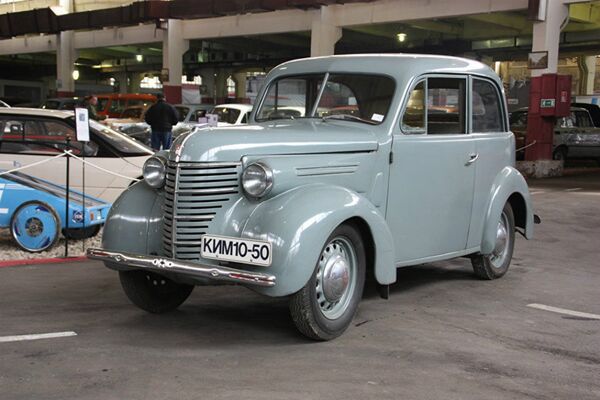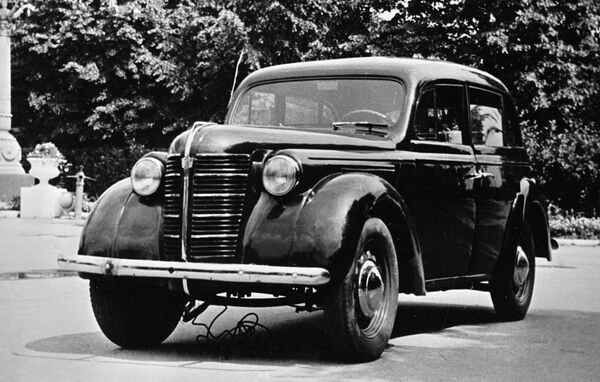In 1939 the Soviet government issued the decree On Economy Cars Manufacturing, marking the beginning of the country’s first domestic economy car development.
The task was assigned to the KIM automobile factory (now known as AZLK) in Moscow.
The Soviet engineers used the British Ford Prefect as a basis for their creation called KIM-10.
Being about 3.96 meters long, the new car was designed to weigh about 800 kilograms and had a fuel consumption rate of 8 liters of gas per 100 kilometers.

The car’s four-cylinder 30hp engine allowed the vehicle to achieve a speed of 100 kilometers per hour.
The car’s estimated cost was approximately 7,000 rubles, a sum that would take the average Soviet about a year to save up for.

The first trial model of KIM-10 was assembled on April 25, 1940, and a year later, in May 1941 a mass production model of the car was presented to Joseph Stalin himself.
The Soviet leader however was dissatisfied with certain elements of the KIM-10's design (for example, with the fact that the four-seater only had two doors instead of four) and ordered the engineers to further improve the vehicle.

However the new state quality control meeting, scheduled for June 24, 1941, was never held as two days earlier Nazi Germany launched its invasion of the USSR. And in 1947 the KIM factory, which in 1945 was renamed MZMA, began production of Moskvitch 400 – a new Soviet compact car based on the Opel Kadett.


